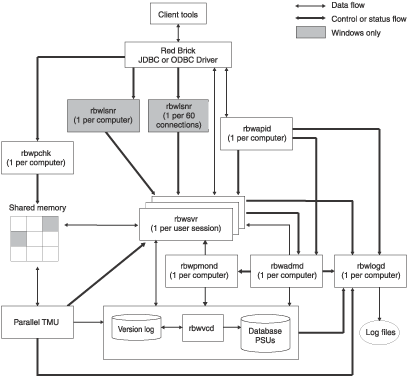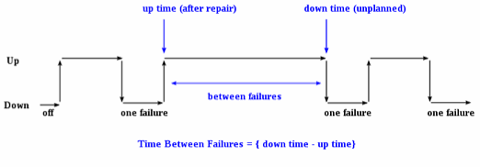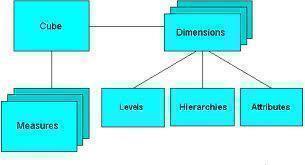A Decision Support System (DSS) is a way to model data and make quality decisions based on it. Making the right decision in business is usually based on data quality and one’s ability to sift through and analyze the data to find trends that solutions and strategies can be created from/for. Decision Support Systems are usually computer applications with a human component. They can sift through large amounts of data and pick between the many choices.
What are Decision Support Systems?
While many people think of a DSS as a specialized part of a business, most companies have actually integrated them into their day to day operating activities. For instance, many companies constantly download and analyze sales data, budget sheets, and forecasts. They update their strategy once they analyze and evaluate the current results. Decision Support Systems have a definite structure in businesses. In reality, however, the data and decisions that are based on them are fluid and constantly changing.
Decision Support Systems are used to collect data, analyze and shape the data that is collected, and make sound decisions or construct strategies from analysis. Whether computers, databases, or people are involved usually does not matter.
It is important to note that although computers and artificial intelligence are at work, it is ultimately up to humans to execute these strategies or formulate the data into a usable hypothesis.
Types of Decision Support System Models
It is important to note that the DSS field does not have a universally accepted model. That is to say, there are many theories vying for supremacy in this broad field. Because there are many working DSS theories, there are many ways to classify DSS.
For instance, one of the DSS models available bears the relationship of the user in mind. This model takes into consideration passive, active, and cooperative DSS models.
Decision Support Systems that just collect data and organize it effectively are usually called passive models. They do not suggest a specific decision, and they only reveal the data. An active DSS actually processes data and explicitly shows solutions based upon that data. While there are many systems that can be active, many organizations would be hard pressed to put all their faith into a computer model without any human intervention.
A cooperative Decision Support System is when data is collected, analyzed, and then given to a human who helps the system revise or refine it. Here, both a human and computer component work together to come up with the best solution.
While the above DSS model considers the user’s relationship, another popular DSS model sees the mode of assistance as the underlying basis of the DSS model. This includes the Model Driven DSS, Communications Driven DSS, Data Driven DSS, Document Driven DSS, and Knowledge Driven DSS.
A Model Driven DSS is one in which decision makers use statistical simulations or financial models to come up with a solution or strategy. Though these decisions are based on models, they do not have to be overwhelmingly data intensive.
A Communications Driven DSS model is one in which many collaborate to come up with a series of decisions to set a solution or strategy in motion. This model can be in an office environment or on the web.
A Data Driven DSS model puts its emphasis on collected data that is then manipulated to fit the decision maker’s needs. This data can be internal or external and in a variety of formats. It is important that data is collected and categorized sequentially, for example daily sales, operating budgets from one quarter to the next, inventory over the previous year, etc.
A Document Driven DSS model uses a variety of documents such as text documents, spreadsheets, and database records to come up with decisions as well as further manipulate the information to refine strategies.
A Knowledge Driven DSS model uses special rules stored in a computer or that a human uses to determine whether a decision should be made. For instance, many day traders see a stop loss limit as a knowledge driven DSS model. These rules or facts are used in order to make a decision.
The scope in which decisions are made can also be seen as a DSS model. For instance, an organizational, departmental, or single user decision can be seen in the scope-wide model.




stephen
nice article!
nokwanda
why Decision support system they dnt call it decision-marking system?
yesu
decision support systems are used by…………..
a} line managers
b}top line managers
c} middel line managers
d} system user
Daniel Memenode
Originally posted by Hannah Neubert: “I wanted to cite this article for a report i’m writing on DSS and was wondering who is the author and when it was posted”
You can just cite Tech-FAQ.com as the source. The article was published on February 2 2009.
Hannah Neubert
I wanted to cite this article for a report i’m writing on DSS and was wondering who is the author and when it was posted
d
if you study APA citations, you will know that an author is not needed.
k
thx